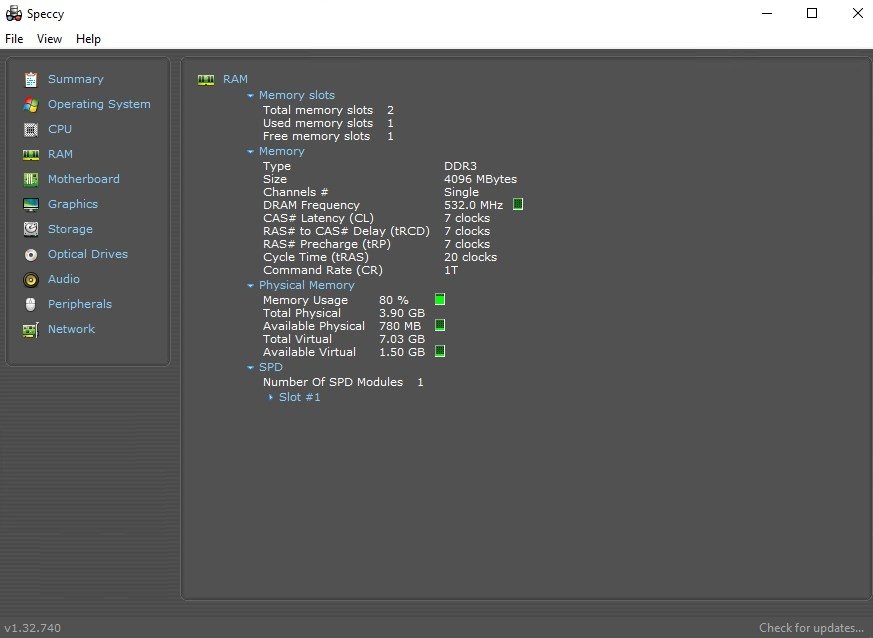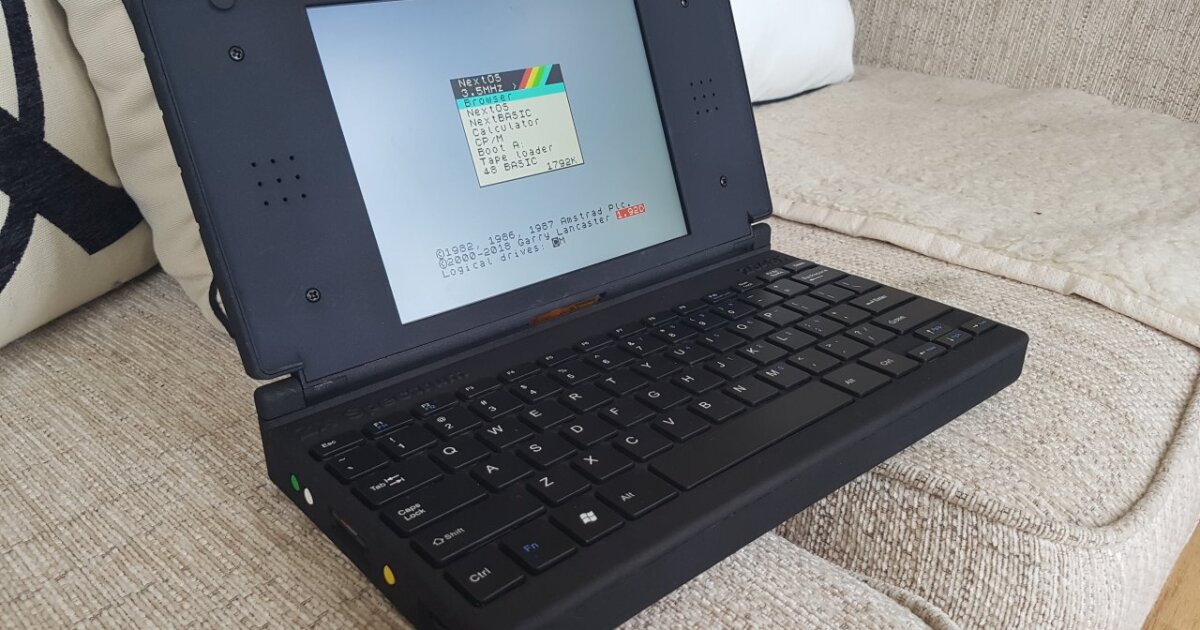
This is useful because while some transistors like the 2n2222 are manufactured so that pin 1 is the emitter, pin 2 is the base and pin 3 is the collector, others such as the BC547 have the collector and emitter reversed. I wasn’t sure what transistor I’d end up using so instead of using one of the standard TO-92 footprints I created one that showed which pin should go where. The transistor, LED and capacitor component footprints are all customised. Having them already there means that should I decide to make a board where fixed values are required I can switch them back to the silkscreen layer easily. Ordinarily it is a good idea to include them if you have the space, but because I wanted to be able to select different component values for different flashing rates I left them on the fabrication layer. The component footprints are not included on the silkscreen. The board in Pcbnew, Kicad’s board layout view. I added M3 mounting holes to the corners, though in the end I didn’t end up using them when mounting the board inside the project box. It measures 40mm x 40mm so is small enough to fit into many different project boxes and enclosures. The circuit board inside the box was designed in Kicad.

The next step was to build a circuit that could sit inside the box – hence my renewed interest in the astable multivibrator circuit. Thankfully I never throw anything out, and I had one in a box in my garage that I bought years ago.


I recognised is as a Maplin project box, but Maplin are long gone from the high street, and the online incarnation don’t seem to sell them.

I liked the episode so much that I decided to build my own replica of the little black box. There are so many memorable quotes and gags, but my favourite has always been “The Internet” from the series 3 episode “The Speech”. I’m sure many of you are familiar with the iconic British sitcom “The IT Crowd”. This isn’t much more than an “I made a thing” post.


 0 kommentar(er)
0 kommentar(er)
